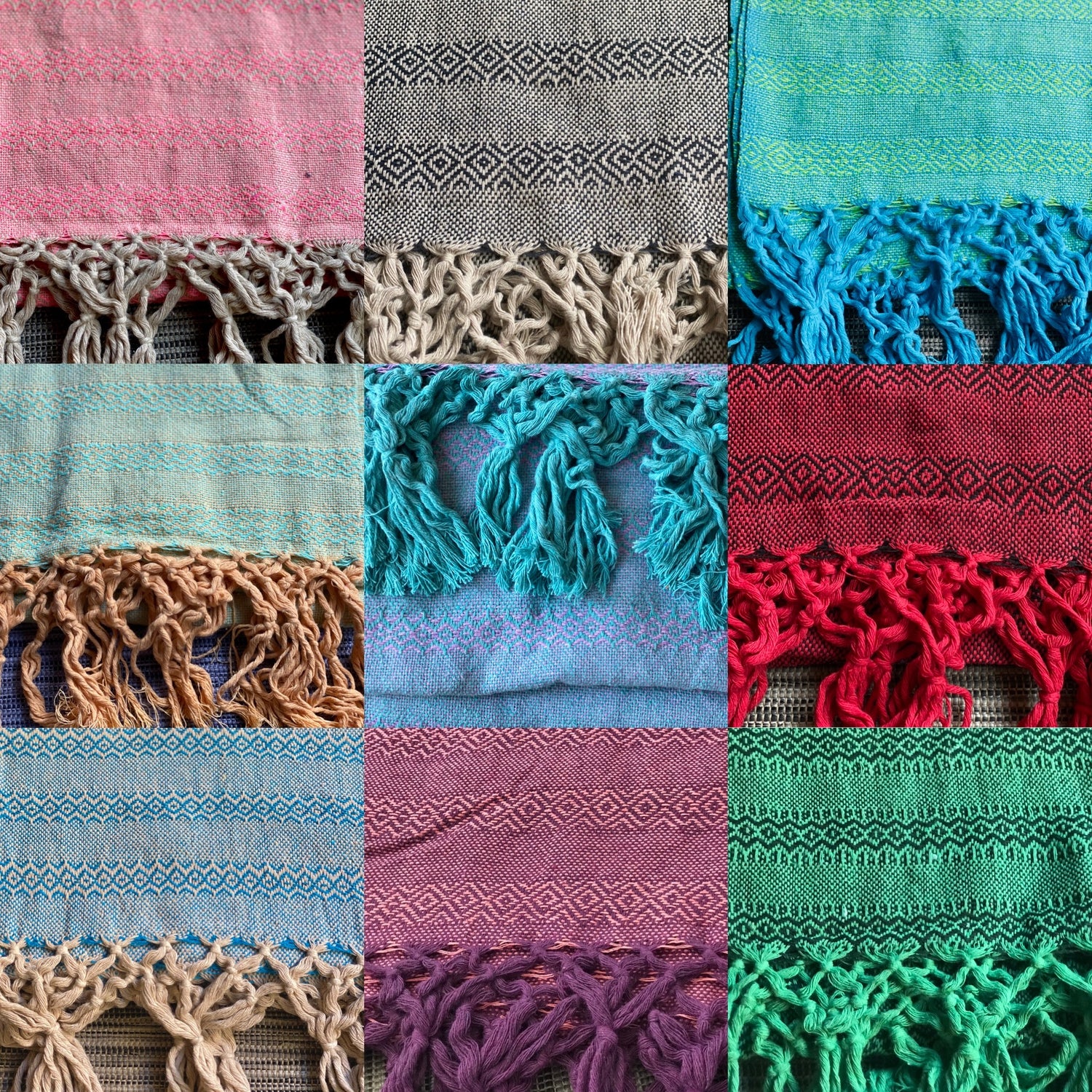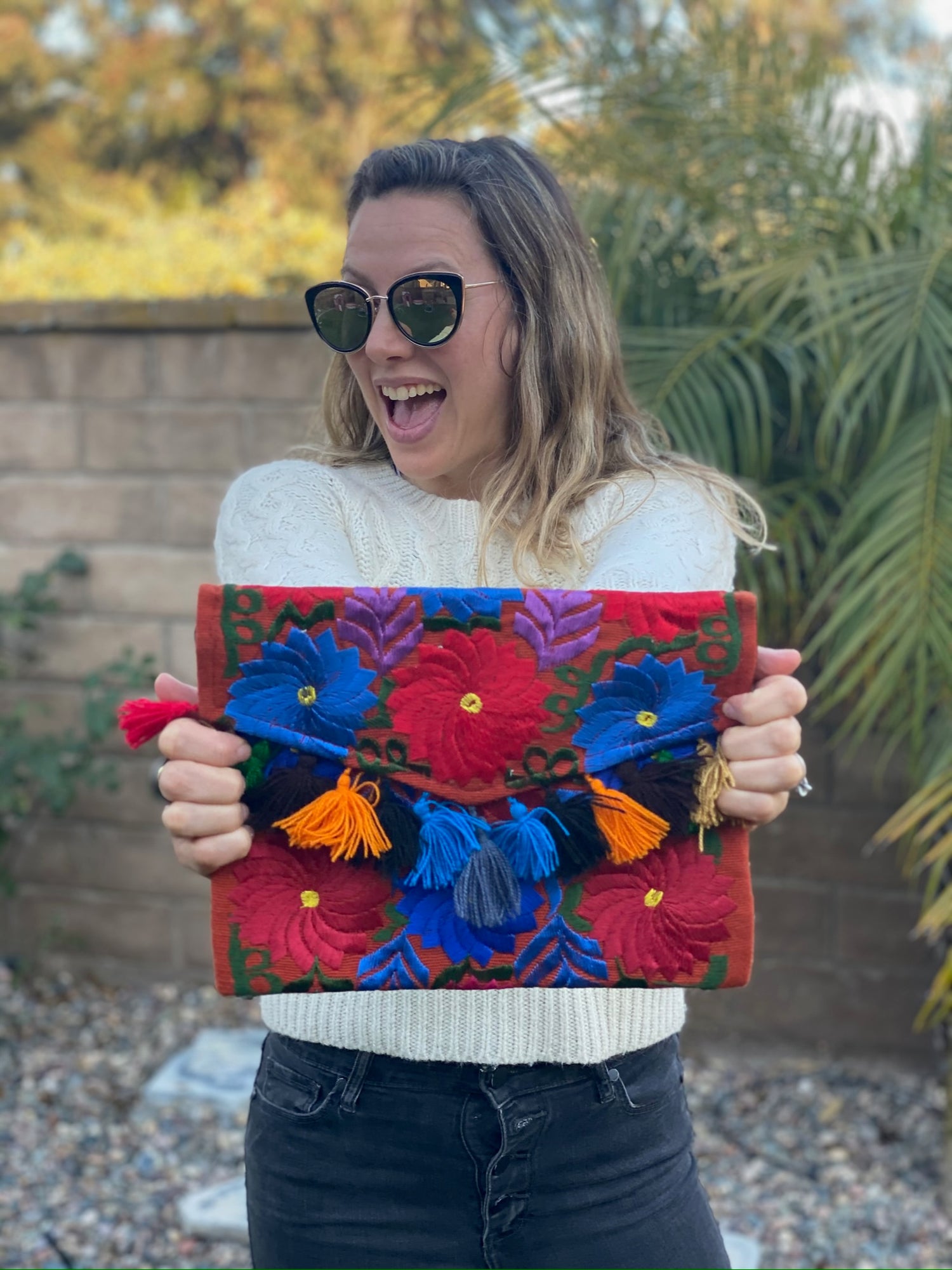Rebozos are a valuable tool for support during pregnancy and childbirth. They can help ease discomfort and provide comfort when used correctly.
To keep your rebozo effective and beautiful, proper maintenance and care are essential.
Understanding how to care for your rebozo ensures it remains a reliable companion throughout your journey from pregnancy to motherhood.

Whether you're using your rebozo for labor, postpartum comfort, or wrapping your baby, knowing how to wash and store it will prolong its life.
Each rebozo has its own unique qualities, and learning the best ways to preserve these can enhance your experience.
By following simple care tips, you can maintain the integrity of your rebozo for years to come.
Explore this guide to find practical advice on rebozo maintenance and usage. With the right knowledge, you can make the most of this traditional tool, ensuring optimal support for you and your family.
Key Takeaways
- Learn the best practices to care for your rebozo.
- Understand the importance of proper storage and washing.
- Discover how to maintain the benefits of your rebozo throughout your journey.
Fundamentals of Rebozo Use During Pregnancy and Childbirth

The rebozo is a versatile tool used throughout pregnancy and childbirth. It provides support and comfort, helping to ease discomfort during labor and promote relaxation postpartum. Understanding its key applications can enhance the birthing experience.
The Role of the Rebozo in Supporting Pregnancy
During pregnancy, the rebozo is beneficial for supporting the abdomen, hips, and pelvis. It can alleviate some discomfort associated with growing ligaments and stretching abdominal muscles.
Using a rebozo for activities like the sifting technique allows you to gently shift the baby’s position, promoting optimal fetal alignment.
Adding gentle rhythmic jiggles can also relieve pressure on the lower back and abdomen.
Many choose to work alongside a doula or midwife who can guide you in utilizing the rebozo. These professionals help you explore how to incorporate it into your daily routine for better comfort and relaxation.
Applying the Rebozo During Labor and Delivery
In labor, the rebozo serves several purposes. It allows for supported positions that can alleviate labor pains.
You can use it for counter pressure on your back during contractions, helping with discomfort.
The rebozo can also aid in maintaining movement and adjusting your position as needed.
You can hang the rebozo from a sturdy surface and utilize it for various supportive stances. This keeps the pelvis open and reduces tension in your body during active labor.
Mexican midwives are known for their skill in using the rebozo effectively. Their techniques can provide comfort and support, enhancing your labor experience.
Rebozo Techniques for Postpartum Comfort
After childbirth, the rebozo continues to provide help. It can support your recovery and assist in closing your hips and pelvis gently.
Using the rebozo for a postpartum closing ceremony is a cultural practice that promotes physical and emotional healing.
You can wrap it around your body for comfort as you adjust to your new role as a parent.
This tool can help ease the transition during the postpartum phase by allowing you to maintain relaxation. You may also notice that it helps alleviate pressure or discomfort in your abdomen as you heal.
Maintaining and Caring for Your Rebozo

Taking care of your rebozo is essential to ensure its longevity and beauty. Proper cleaning, storage, and even repairs will help maintain its quality. Here’s how you can keep your rebozo in excellent condition for years to come.
Proper Cleaning Practices
To clean your rebozo, always check the care label first. Most traditional Mexican shawls are made of woven cloth, which may require gentle handling.
- Hand wash in cold water using a mild detergent. Avoid bleach or harsh chemicals, as these can damage the fabric.
- Gently agitate the water to clean. Do not wring or twist the rebozo, as this can distort its shape.
- Rinse thoroughly to remove all detergent. Residue can weaken the fibers over time.
- For heavier stains, consider spot cleaning with a soft cloth and mild soap.
After washing, lay the rebozo flat to air dry away from direct sunlight to prevent fading.
Storage and Preservation Techniques
Proper storage is key in keeping your rebozo in great shape. Follow these tips:
- Store in a cool, dry place to avoid moisture, which can lead to mold or mildew.
- Use a breathable fabric bag or cotton pillowcase to protect it from dust and dirt. Avoid plastic bags as they can trap moisture.
- Keep it away from direct sunlight to prevent fading. If possible, roll it instead of folding to avoid creases in the fabric.
- If you plan to use your rebozo for babywearing or other activities, hang it on a sturdy hook when not in use. This helps maintain its shape.
Repairs and Longevity Tips
Should your rebozo develop frays or loose threads, act quickly.
- Use a needle and thread to repair small damages. Choose a thread that matches the color of your shawl for a cleaner look.
- If the fabric is worn, consider reinforcing it with a patch made of matching material.
- Regularly check for any signs of wear, especially if you frequently use your rebozo for support during labor or postpartum care.
Taking these steps can help maintain the strength and beauty of your rebozo, ensuring it stays a treasured item for future generations.
Frequently Asked Questions

In this section, you will find important details on how to care for your rebozo, including washing methods, storage tips, and best practices for use during pregnancy and labor. It’s essential to understand these points to ensure your rebozo remains effective and in good condition.
How should you wash and dry a rebozo for optimal care?
To wash your rebozo, use cold water and a gentle detergent. Hand washing is preferred, but if you use a machine, choose a delicate cycle.
Avoid bleach or fabric softeners as they can damage the fibers. After washing, air dry your rebozo flat or hang it to prevent stretching.
Can you recommend methods for storing a rebozo to maintain its shape and fabric quality?
When storing your rebozo, keep it rolled or folded neatly. This prevents creasing and helps maintain its shape.
Avoid hanging it for long periods, as this can cause stretching. Store it in a dry, cool place away from direct sunlight to protect the fabric.
What are the best practices for using a rebozo during pregnancy?
For optimal support during pregnancy, use the rebozo to cradle your belly. You can also wrap it around your hips or shoulders for added comfort.
Always make sure the rebozo is secure but not too tight. This technique can help relieve pressure and improve posture.
Are there any precautions to keep in mind when performing rebozo sifting?
When performing rebozo sifting, ensure the mother is comfortable and has a clear space. Use a soft grip to avoid discomfort.
Communicate with the person using the rebozo to gauge comfort levels. If any pain or discomfort occurs, stop immediately.
What is the recommended length for a rebozo to be used in labor support?
For labor support, a rebozo should ideally be between 2 to 3 meters long. This length allows for versatility in use during various positions.
A longer rebozo provides more options for wrapping and support, which can be beneficial during labor.
Where can you find high-quality rebozos suitable for labor and postpartum care?
You can find high-quality rebozos at specialty maternity shops or online retailers. Look for those that specifically mention durability and comfort.
Choosing a rebozo made from natural fibers is often recommended for breathability and softness against the skin.




